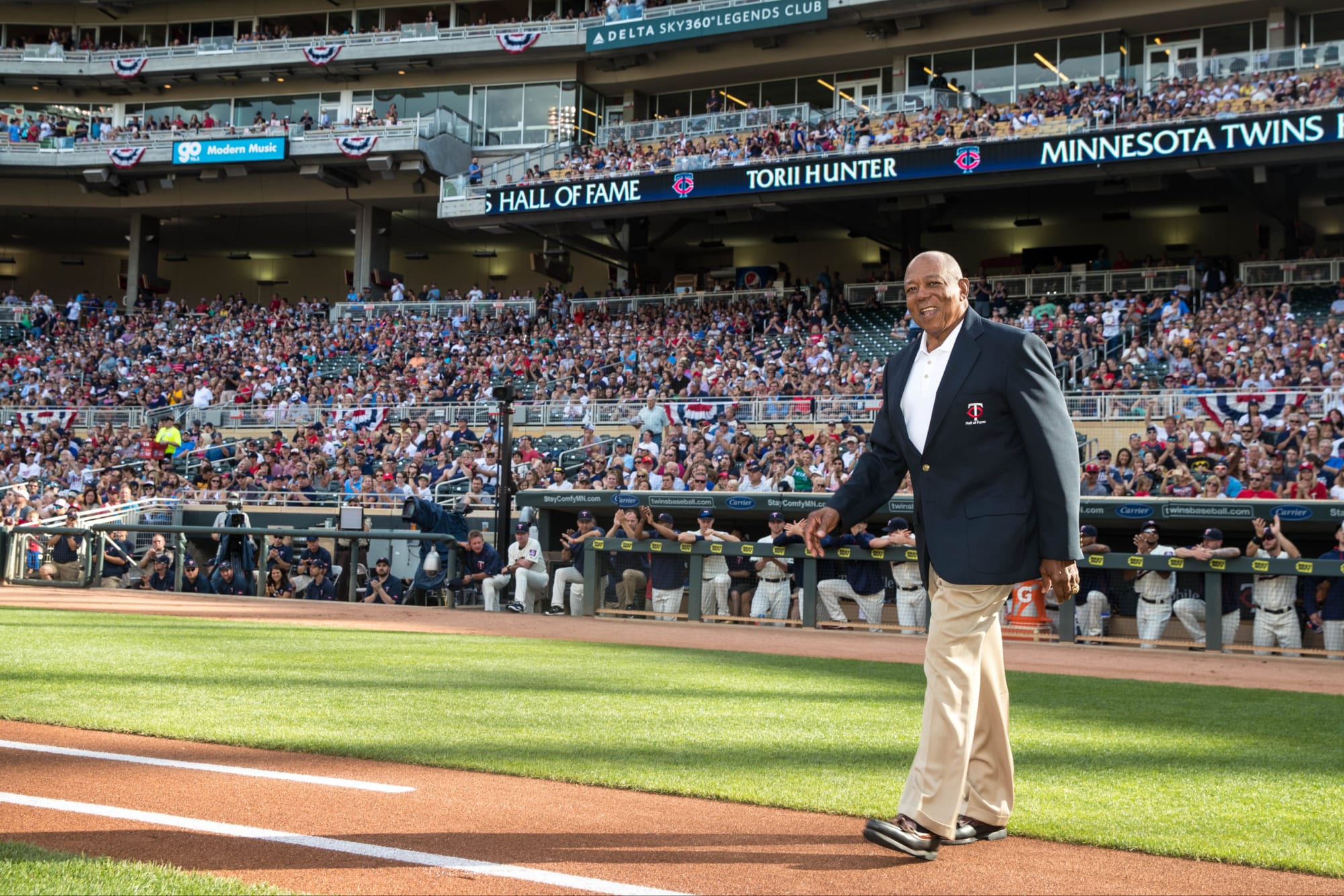
The Hall of Fame has become a flashpoint of controversy. Due to the presence of PED users on the ballots, and the questionable behavior of other candidates, it is fair to wonder if anyone will be voted in by the writers this year.
However, there will be new members coming to the Hall of Fame. The Golden Era Committee and the Early Baseball Committee combined to elect six players on Sunday with Gil Hodges, Jim Kaat, Minnie Miñoso, Tony Oliva, Bud Fowler, and Buck O’Neil joining the game’s immortals.
Six new members joining Hall of Fame
While it has taken too long for some of these players to be inducted, they have finally gotten their due. Kaat and Oliva are still alive to receive that call and should be able to make the trek to Cooperstown to take their place amongst the greats of the game in person.
Hodges deserved to be in long ago. A feared slugger in the 1950s, he was an eight time All Star and three time Gold Glove winner. He produced a .273/.359/.487 batting line in his 8104 plate appearances, slugging 370 homers and 295 doubles. Hodges is also remembered for his role as manager of the 1969 Mets, guiding the team to one of the biggest upsets in World Series history.
Kaat was a solid pitcher whose candidacy rests upon his total number of wins and impressive run of Gold Gloves. He was just a three time All Star, but won 16 consecutive Gold Gloves on the mound. A steady pitcher, he shifted to a bullpen role in the last few years of his career, becoming a solid reliever. Overall, Kaat posted a 283-237 record with a 3.45 ERA and a 1.259 WHiP over his 4530.1 innings, striking out 2461 batters with 1083 walks.
Miñoso’s candidacy was helped by the inclusion of the Negro Leagues as an actual major league. He had previously achieved notoriety as one of the few players to have appeared in four different decades, getting two plate appearances as a 54 year old in 1980, but has a fifth decade added to his resume. A 13 time All Star and three time Gold Glove winner, Miñoso produced a .299/.387/.461 batting line in 8223 plate appearances, hitting 195 homers and 365 doubles while stealing 216 bases.
Oliva had appeared to be on the fast track to the Hall of Fame before injuring his knee in 1972. Although that injury hindered him for the rest of his career, he still put together a solid resume. An eight time All Star, he was the 1964 AL Rookie of the Year and twice finished second in the MVP vote. The long time Twins star posted a .304/.353/.476 batting line in his 6880 plate appearances, hitting 220 homers and 329 doubles.
Fowler was the first black professional baseball player, making his debut in 1878. He bounced around various leagues, dealing with Jim Crow laws and racism, even being released by the Binghampton Crickets in 1887 when his teammates refused to accept his presence. Through it all, Fowler was an excellent hitter, holding his own against future major league players. Had integration come to the majors during his playing days, he could have been one of the early stars.
O’Neil has a special place in baseball history. A three time All Star during his playing days in the Negro Leagues, he was a driving force to get many of those players inducted into the Hall of Fame. He was the first black coach in the majors, and as a scout, was instrumental in the Cubs having signed several stars. O’Neil also kept the Negro Leagues alive, a key factor in the construction of the Negro Leagues Baseball Museum and one of the stars of Ken Burns’ documentary on the history of baseball. Finally, at long last, he will get his place amongst those he fought for.
The Hall of Fame has six new faces. Gil Hodges, Jim Kaat, Minnie Miñoso, Tony Oliva, Bud Fowler, and Buck O’Neil have joined the game’s immortals.
